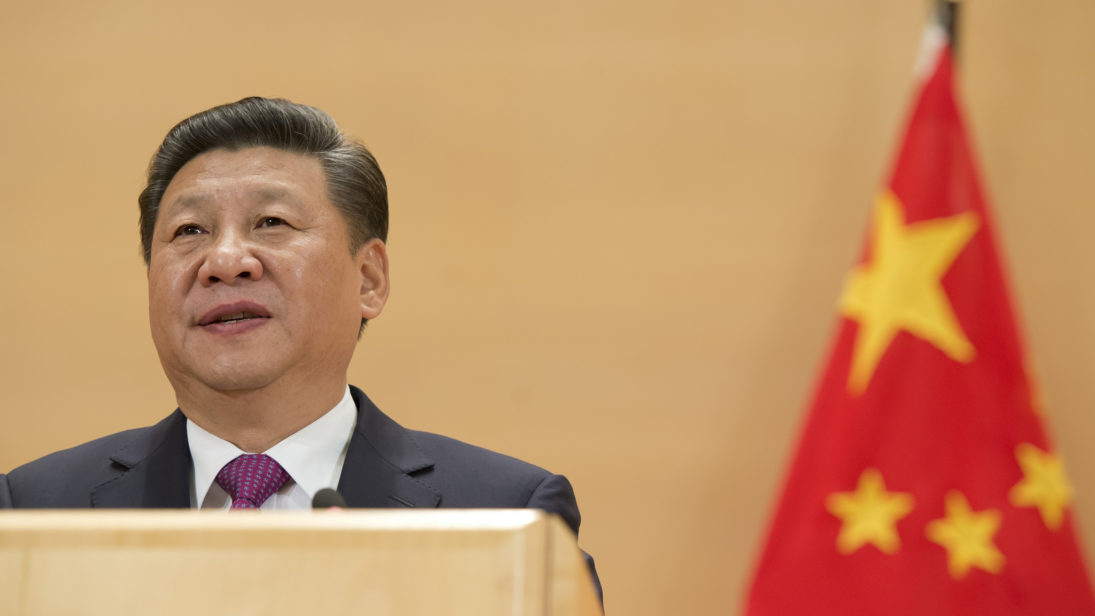
In recent years, Beijing has focused on stabilizing Afghanistan through diplomatic engagement, engaging in four-nation talks to chart a course for resolving the conflict and offering its services as mediator to facilitate talks between the Afghan government and the Taliban. Geopolitically, these moves reflect the growing significance of the situation in Afghanistan for Beijing. To safeguard and advance its economic investments in mining, oil, and communication sectors as well as its security interests, Beijing has facilitated diplomatic initiatives to bring together the Taliban insurgents and all relevant stakeholders.
Despite its engagement with the Afghan issue in recent years, China has failed to yield tangible results because it is not embedded in the Afghan conflict to the same extent as the other players like the United States and Pakistan. Whether it can begin to do so in the future is contingent upon whether Chinese diplomacy can begin shaping events on the ground in Afghanistan, rather than simply reacting to them.
Early Chinese Interests in Afghanistan
For Beijing, a top priority is stabilizing its vulnerable autonomous region of Xinjiang. Inhabited by Turkic-speaking Uyghur Muslims, Xinjiang has witnessed low-level violence against Chinese security forces for over a decade. Militant group East Turkestan Islamic Movement (ETIM) poses a sizable threat to the area’s security, operating along the border between China and Tajikistan. The situation in Xinjiang has also been complicated by ability of militants to coordinate with other militant groups in Afghanistan and the region. To address this threat, Beijing has responded by focusing on economic development and counterterrorism to stabilize the area. However, Beijing still fears that Afghanistan may become a sanctuary for fleeing ETIM members, which could then coordinate with other groups in Afghan territory to launch crossborder attacks into China.
Beijing’s economic interests also help to explain its behavior around the Afghan issue. China has sought to invest in the mining, oil and telecommunications sectors of the Afghan economy. In 2007, it made a $3.4 billion USD bid to extract copper from the world’s second largest copper deposits at the Mes Aynak mine outside Kabul. In December 2011, a Chinese company signed a 25-year contract for oil production in Afghanistan’s northern provinces. Crucially, in the telecommunications sector, China has ramped up its involvement in Afghanistan from simply providing telecom equipment in 2007 to the constructing of fiber-optic links in 2017. Yet, with progress on the Mes Aynak mine having stalled for over ten years, China has learned from experience that the possibility of these economic investments paying off remain bleak unless the country can arrive at a semblance of internal security and stability.
More importantly, Chinese President Xi Jinping’s legacy Belt and Road Initiative (BRI) envisions the transformation of both Pakistan and Afghanistan into regional transit hubs for overland connectivity and trade between mainland China and Central Asia and beyond. At present, however, Afghanistan’s security woes have meant that China cannot pursue ambitious infrastructure and economic development projects in the country. China may also be concerned about the potential for terrorism from Afghanistan to affect Pakistan, where it might threaten projects under the China-Pakistan Economic Corridor (CPEC), a mammoth initiative in which China has invested approximately $62 billion USD.
Beijing Since 2014: Broker of Peace
China, keeping in mind its security and economic interests, began to increase its diplomatic involvement in stabilizing Afghanistan in 2014. China first proposed establishing a “peace and reconciliation forum,” between China, Afghanistan, Pakistan, and the Taliban in November 2014. In early 2015, Chinese Foreign Minister Wang Yi offered Chinese mediation to facilitate Afghan peace talks, signaling his seriousness for a constructive peace process. China has spent considerable diplomatic capital in pushing towards a reconciliation process in Afghanistan, calling on Islamabad to play a proactive role in the fight against “non-traditional actors.”
China also made a substantive effort towards pushing for peace and reconciliation between Afghan government and the Taliban under the framework of Quadrilateral Coordination Group (QCG) in December 2015. The QCG is the first intergovernmental forum to bring together China and the United States, along with both Pakistan and Afghanistan, with the shared goal of bringing peace to the war-torn country. Despite a promising start, the QCG process came to a halt in May 2016 with the killing of Taliban commander Mullah Mansour in a U.S. drone strike.
This push for peace talks that began in 2014 was at least in part motivated by the fact that the Obama administration had begun gradually reducing U.S. troop presence in Afghanistan at this time. Given the vital role played by the United States in countering the Taliban, China was likely motivated to maintain at least a small U.S. presence in the country to avoid violence spilling over into Xinjiang. Additionally, Beijing was probably compelled to push for peace in Afghanistan due the country’s proximity to its mammoth investments in CPEC projects. Not coincidentally, the push for talks that began in 2014 occurred at a time when many infrastructure projects under the CPEC banner were taking off.
The CPEC angle has gained prominence recently as China itself has begun pushing the idea in talks with Pakistan and Afghanistan. In the summer of 2017, China had helped to facilitate trilateral talks following a bombing in Kabul’s diplomatic quarter for which Afghan officials held Islamabad responsible. During the last round of the talks, Beijing proposed exploring ways to “gradually connect the CPEC with the China-Central Asia-West Asia Economic Corridor through Afghanistan in the long run.”

China’s Limitations in Afghanistan
While China has many economic carrots to offer both Pakistan and Afghanistan, Beijing has consistently faced constraints from its status as an external stakeholder in the Afghan conflict. Brokering peace isn’t just facilitating talks or offering economic inducements; one must also have a say in the outcomes of the strategic landscape to influence the direction of negotiations. Indeed, China has not been a direct participant in the ongoing conflict since the United States first invaded Afghanistan in 2001.
To this end, the absence of China’s strategic or political leverage to motivate all players—Washington, Kabul, Islamabad, and the Afghan Taliban—to cooperate for reconciliation has proved to be the largest hurdle to Chinese diplomatic endeavors in Afghanistan. For instance, the U.S. killing of Taliban leader Mullah Mansour, which halted the QGC process in May 2016, is one example in which the tactical decisions made by the United States while fighting the civil war in Afghanistan derailed China’s best efforts at pushing for peace and reconciliation. Indeed, the targeted strike against Mansour occurred one week after a meeting of the QGC process, in which there had reportedly been an “understanding that (the) Taliban would not be targeted,” according to a senior Pakistani official.
With the example of Mullah Mansour’s death, it becomes clear that China, try as it might, has little direct influence over the success or failure of peace negotiations. In contrast, the United States, despite reducing its military footprint in 2014, remains the primary political supporter of the National Unity Government (NUG) and therefore retains a critical role in potential peace processes. Its refusal to directly negotiate with the Taliban earlier this year is an example of the vast influence the United States wields over Afghanistan, in comparison to China.
A Role for Beijing Moving Forward?
For Beijing to be successful in ensuring results from its talks, it must expertly navigate the competing interests of all relevant stakeholders. For Kabul, a constructive role by China would have translated into Beijing leaning on Pakistan to address Afghanistan’s concerns. Islamabad, for its part, desires China’s participation to push Washington into taking into account Pakistan’s security concerns vis-à-vis Afghanistan. For its part, the United States appears willing to accept a growing role for Beijing as a crisis mediator and peace broker, as long as it does not actively shield Pakistan from scrutiny. However, for China, the biggest question mark is the Afghan Taliban, who sees the key player as Washington rather than Beijing. Whether China can convince the Afghan Taliban of its relevance will be a decisive variable in whether China can push forward a successful peace process and secure its security and economic interests.
For China in Afghanistan, the bottom line is that if Chinese diplomacy can begin actively shaping events, rather than simply reacting to them, it will begin to have an impact on the peace process. Until then, however, Beijing’s influence will remain limited, compounding the current stalemate on the ground and failing to harness any momentum towards fruitful talks.
***
Image 1: UN Geneva via Flickr
Image 2: Nicolas Asfouri via Getty


